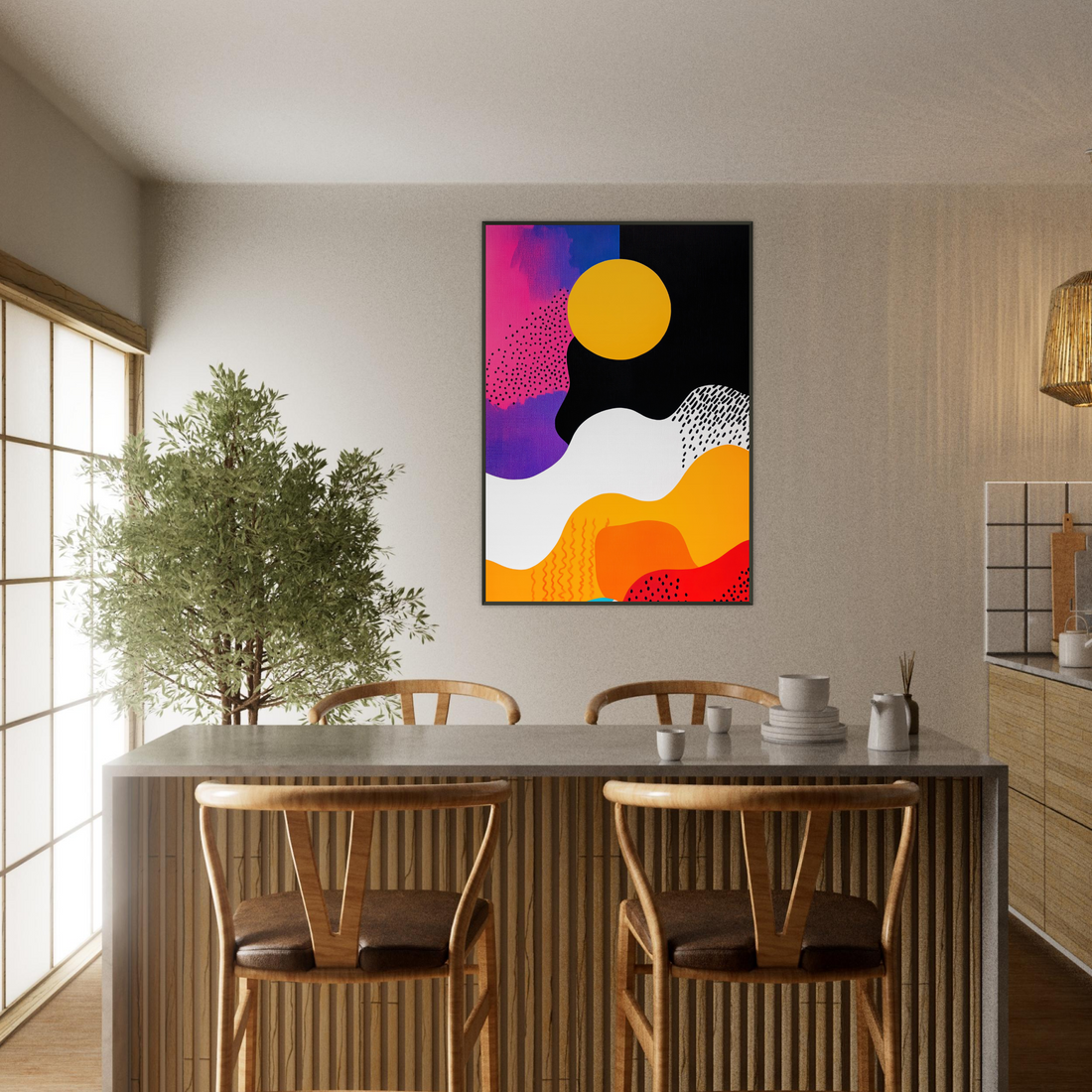
Art and Emotion: How Artwork Shapes Our Feelings and Spaces
Share
Art is more than just a visual experience—it’s an emotional one. Whether it’s a vibrant abstract painting that energizes a room or a serene landscape that soothes the soul, the art we choose has a profound impact on the way we feel in our spaces. Let’s explore how art influences emotion and how to select pieces that align with the atmosphere you want to create.
The Emotional Power of Art
Art has the unique ability to evoke emotion through its colors, forms, and subject matter. Here are some of the ways it connects with us:
-
Color Psychology:
-
Warm colors like reds, oranges, and yellows evoke energy, passion, and warmth.
-
Cool colors like blues and greens promote calm, relaxation, and introspection.
-
Neutral tones like beige, gray, and white create balance and sophistication.
-
-
Subject Matter:
-
Landscapes and natural scenes often inspire tranquility and a sense of escape.
-
Abstract art can provoke curiosity and introspection, offering layers of meaning.
-
Portraits and figurative works create a connection with human emotion and stories.
-
-
Texture and Medium:
-
Smooth, glossy surfaces feel modern and sleek, evoking energy and clarity.
-
Rough, textured pieces add depth and warmth, inviting tactile engagement.
-
Choosing Art to Shape the Mood of Your Space
When selecting art, think about the emotional tone you want to set:
-
For Relaxation: Consider soft, muted tones, abstract landscapes, or minimalist pieces. These work well in bedrooms, reading nooks, or spa-like bathrooms.
-
For Energy: Opt for bold, vibrant colors and dynamic compositions. Perfect for living rooms, kitchens, or creative workspaces.
-
For Inspiration: Look for thought-provoking abstracts, surreal imagery, or art with motivational messages. Ideal for offices, studios, or study areas.
-
For Comfort: Choose warm colors, familiar themes, or sentimental pieces. Great for family rooms or dining spaces.
The Role of Placement in Emotional Impact
Where you place art in a room can amplify its emotional effect:
-
Eye-Level Displays: Positioning art at eye level ensures it’s the focal point and makes a strong emotional statement.
-
Grouping and Arrangements: A gallery wall can evoke a sense of storytelling or vibrancy, while a single large piece can command attention and create focus.
-
Lighting Matters: Highlight art with thoughtful lighting to enhance its colors and textures, drawing out its emotional nuances.
Personal Connection: The Key to Meaningful Art
The most impactful art resonates with you personally. Whether it’s a piece that reminds you of a cherished memory or one that aligns with your aspirations, art should feel like an extension of your identity. Take the time to explore styles, artists, and mediums until you find what speaks to you.
Curating an Emotionally Balanced Space
Art is not just about aesthetics; it’s about creating an environment that feels right. By understanding the emotional language of art, you can curate spaces that don’t just look beautiful but also nurture your well-being and reflect your inner world. Whether you’re designing a tranquil retreat or an inspiring workspace, let art be the emotional anchor that ties it all together.
